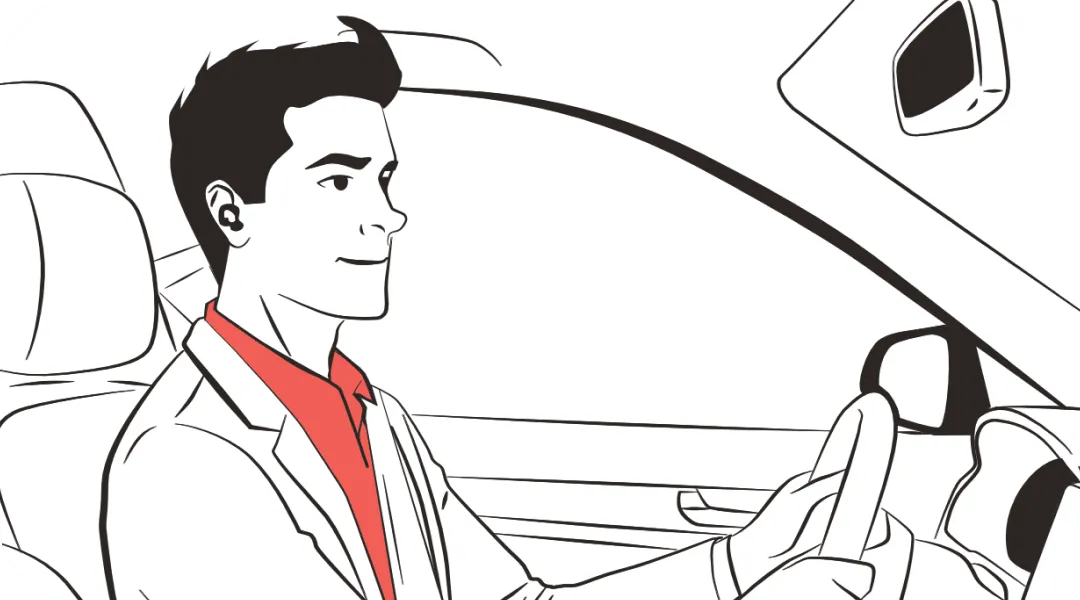This website uses cookies to ensure you get the best experience on our website.

A deep gap remains between the physical reality of driving and the digital demand to stay constantly connected.
The smartphone lies at the heart of that conflict: both a vital link to work, family, and information, and the most potent source of distraction on the road.
Drivers today are conditioned to respond instantly to messages, calls, emails, and updates. The need to stay reachable doesn’t pause when the engine starts. Each alert triggers a reflex to grab the phone even when people know the risk.
For many professionals, responsiveness defines reliability. Ignoring a message can feel unprofessional, even costly. This social and occupational pressure keeps people tethered to their phones in contexts where it’s most dangerous.
Driving demands continuous awareness. The moment attention shifts to a screen, reaction times slow, situational awareness drops, and decision quality declines.
Most digital tools still assume users are stationary: their interfaces require eyes, hands, and cognitive bandwidth that driving simply can’t spare.
Drivers know the rules and the risks. But habit, urgency, and expectation are powerful forces. The guilt that follows a glance at the screen is real, yet fleeting; the compulsion to stay connected returns with the next ping.
This constant inner negotiation between safety and connection is exhausting, and it happens thousands of times every day on every road.